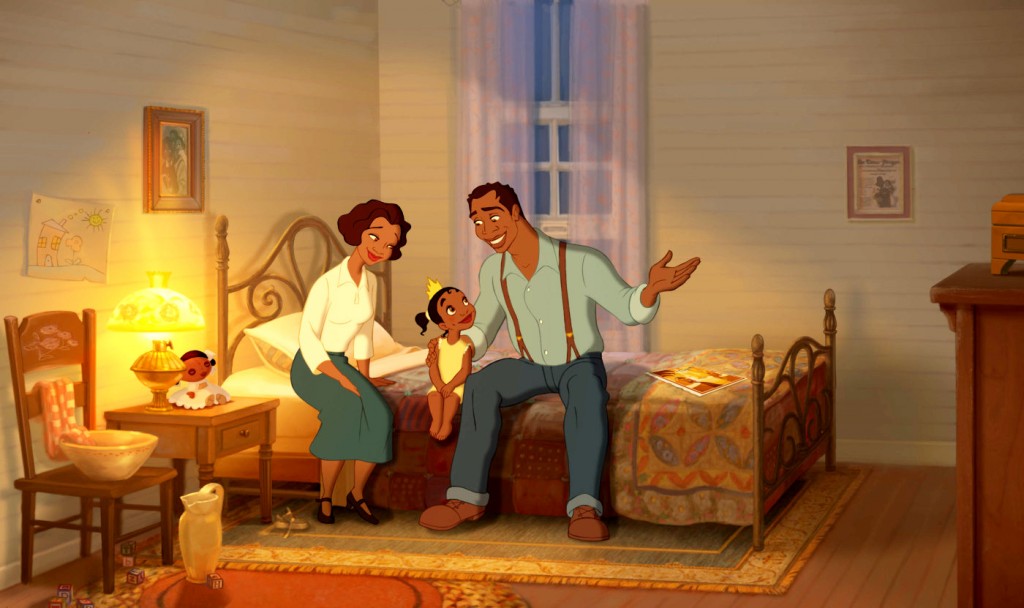
Originally published March 30, 2016
Disney movies get a lot of flack for promoting unrealistic gender expectations, especially for young girls. But kids are getting messages about more than just gender. A recent article in New York Magazine featured a study helmed by sociologist Jessi Streib that revealed that successful G-rated movies, including many Disney films, communicate unrealistic depictions of social class.
In over half of the 32 films they studied, the main characters were upper- or the upper middle-class, clearly misrepresenting the distribution of wealth both in the U.S. and the world. In addition, many downplayed or even romanticized the hardships of lower-class status. For instance, in Aladdin, wealth and poverty are depicted as two sides of the same coin with each equally constraining individuals’ lives. Unlike in adult films where working class characters tend to be portrayed as irresponsible, in G-rated films, working-class characters are shown as warm members of a tight-knit community. In fact, in Mary Poppins and The Sound of Music, it is the lower-class characters who teach their upper-class characters about humanity, empathy, and love:
The key takeaway, from the authors’ point of view, is that these films legitimize and reinforce class structures. Middle-class and poor people are de-emphasized, as are the difficulties associated with not having enough money. Moreover, climbing the class ladder isn’t presented as particularly difficult.

Comments 6
Kevin — March 29, 2019
After a long time, I have seen a well-written article regarding "The Noble Poverty in Kids’ Movies." Though the article is much above the Kids Movies, I have come up with a new blog post about the HD Streamz Kids TV App. Thus, download the HD Streamz latest version apk, and stream all the Kids Programs.
Steven Cox — October 21, 2021
Thanks for sharing such great information, the post you published have some great information which is quite beneficial for my Indigo Card.
Taco Bell Survey — October 30, 2021
Thanks for the information keep sharing such informative post keep suggesting such post. Taco Bell Survey
WestPennPower — July 30, 2022
Very helpful! Thanks for your valuable contribution.
Mike — July 30, 2022
This article is really amazing. Thanks for the sharing.WestPennPower
Lils — September 14, 2023
The Drift Hunters game deserves praise for its innovations and unique features. Wishing the game to grow and bring more joy to the gaming community.